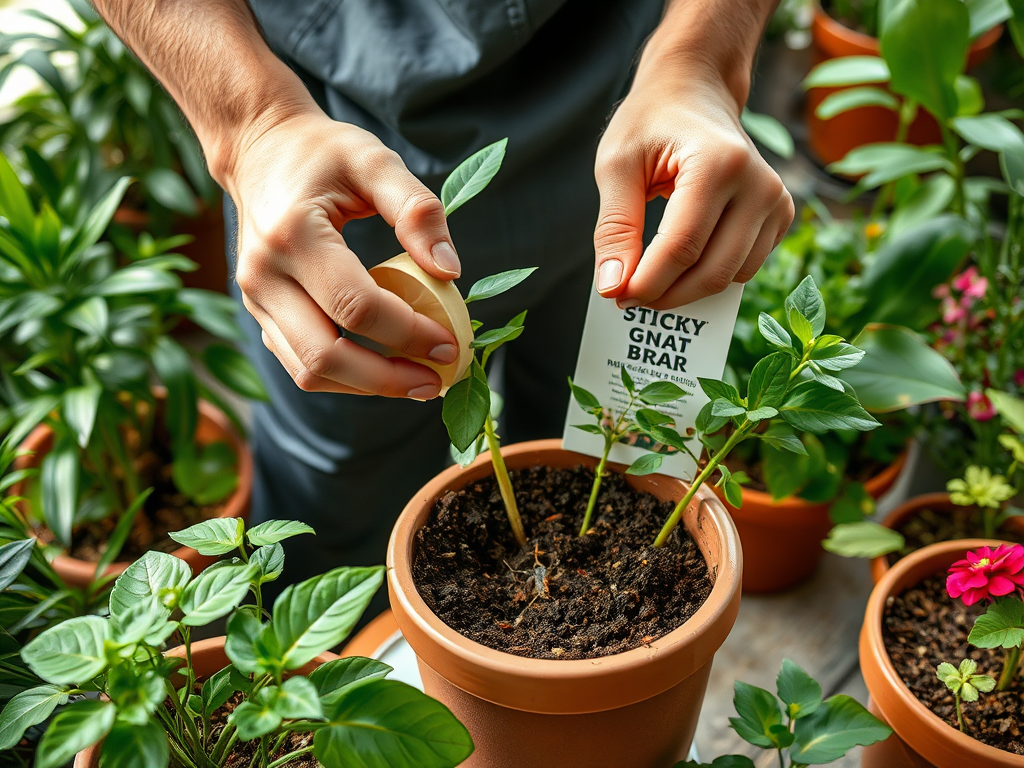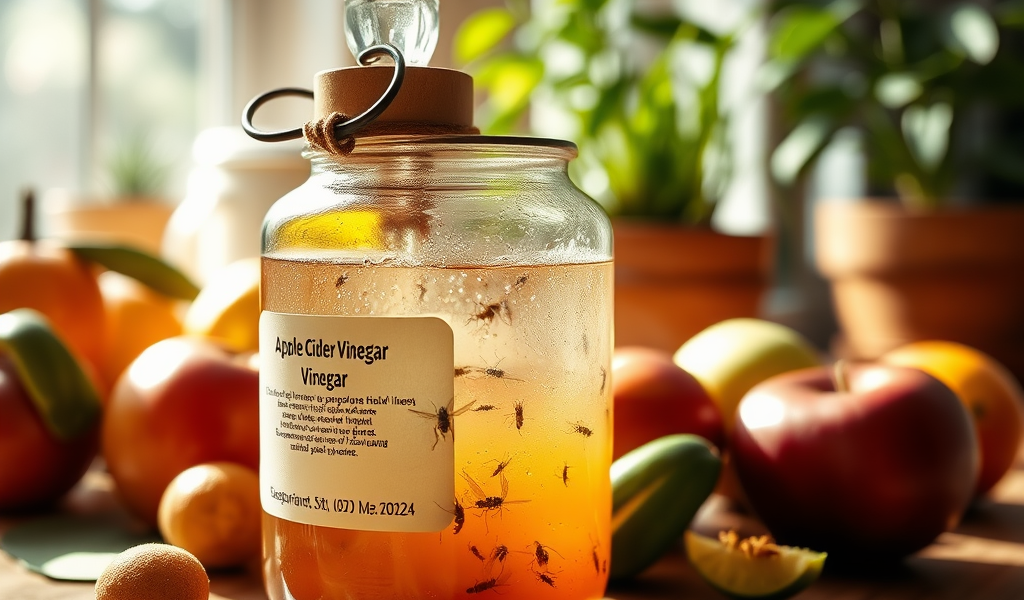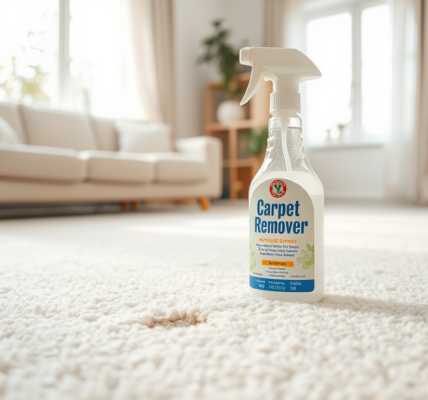Gnats are the uninvited guests many of us encounter, fluttering around our homes during warmer months. While they seem harmless, these small pests can quickly become a significant annoyance. Whether you’re cultivating a beautiful indoor garden or hosting a gathering, gnats can ruin the ambience with their incessant buzzing and biting. Understanding how to catch gnats effectively can restore tranquility to your space. This article will delve into the fascinating world of gnats, offering you essential tips and tricks that actually work to keep these pesky insects at bay.
Before we jump into practical solutions, it’s important to understand the nature of gnats and what attracts them. These tiny insects thrive in moist conditions and are often drawn to overripe fruits, decaying organic matter, and even indoor plants with damp soil. Recognizing their habits can be a game-changer in effectively catching and preventing them from setting up residence in your home. So, let’s begin by familiarizing ourselves with the signs of gnat infestations and the various methods to trap these little pests.
Understanding Gnats: What You Need to Know

Gnats are part of the group of insects known as Diptera, which includes flies and mosquitoes. There are various types of gnats, the most common being fruit flies, fungus gnats, and drain flies. Each breed has its unique set of behaviors and habitats, but generally, they are attracted to moisture. Their life cycle consists of an egg, larval, pupal, and adult stage, allowing them to reproduce rapidly. This rapid reproduction is another reason why infestations can escalate quickly if left unchecked. Therefore, knowing more about these insects enables us to combat them more effectively.
Identifying Gnat Infestations

Before launching into catching gnats, it’s vital to identify if you truly have a problem. Small flying insects zigzagging around your home are not the only indicator. Other signs include tiny black flies hovering around houseplants or food. You might also notice soil in potting plants that has developed a layer of mold, which can serve as breeding ground for these pesky insects. Additionally, areas near sinks or drains could be susceptible to gnat populations. To track down an infestation, a thorough inspection of your space is essential.
- Frequent sightings of small flying insects near food or plants.
- Visibility of larvae in the soil of potted plants.
- Mold or damp areas that may serve as breeding grounds.
Effective Trapping Methods
Once you’ve confirmed a gnat problem, it’s time to take action. There are several proactive measures you can take to trap gnats effectively. Understanding which traps work best not only saves time but also minimizes frustration. Whether you opt for a DIY solution or a commercial product, it is essential to set your traps strategically to maximize their effectiveness. Here’s a breakdown of popular trapping methods to consider.
DIY Gnat Traps
Creating your own gnat traps can be cost-effective and simple, utilizing everyday household items. Here are two popular DIY options:
- Vinegar Trap: A popular method for catching gnats is by using apple cider vinegar as bait. Fill a jar with a few inches of vinegar, cover it with plastic wrap, and poke small holes in the top. Gnats are attracted to the sweet scent and will enter but won’t be able to escape.
- Soap and Water Trap: Combine a few drops of dish soap with water in a bowl. The soap reduces the surface tension, preventing the gnats from escaping once they land.
| Trap Method | Pros | Cons |
|---|---|---|
| Vinegar Trap | Easy to set up, uses common household items. | May need frequent replacement. |
| Soap and Water Trap | Cost-effective, simple to create. | Can attract more than just gnats. |
| Sticky Traps | Convenient and low-maintenance. | Requires purchase and may not catch all gnats. |
Store-Bought Solutions
If you prefer a more hands-off approach, you can also consider effective commercial traps available. From sticky traps to electric traps, there’s a range of options that require little effort on your part. Sticky traps, for instance, are great for catching gnats without needing bait. Electric traps use light to attract gnats and zap them upon contact. Choosing the right trap often depends on your preferences and infestation level.
Preventing Gnat Infestations
While catching gnats is essential, prevention can save you time and effort in the long run. By taking specific measures, you can significantly reduce the likelihood of a gnat infestation in the first place. Implementing proactive practices can serve as your first line of defense. Here are some best practices to deter gnats from invading your space.
- Keep food stored properly in sealed containers, reducing the chances of attracting gnats.
- Regularly clean up spills and surfaces where food debris may accumulate.
- Manage indoor plants by ensuring proper drainage to avoid dampness and rot.
Conclusion
Effectively catching gnats requires a well-rounded approach that includes identification, trapping techniques, and preventive measures. By understanding their behavior and implementing various strategies, you can maintain a gnat-free environment in your home and garden. Remember that persistence is key, along with regular monitoring to ensure a gnat-free existence. With the right tools and knowledge, you’ll reclaim your space from these pesky invaders, allowing you to enjoy your surroundings once again.
Frequently Asked Questions
- What are the best attractants for gnat traps?
Using apple cider vinegar, wine, or overripe fruit can effectively lure gnats to traps. - How often should I check my traps?
It’s advisable to check your traps daily to assess their effectiveness and refresh any bait if necessary. - Can gnats cause any harm?
While irritated bites can occur, gnats are primarily a nuisance and don’t pose a significant health risk. - Are commercial gnat traps safe for pets?
Most commercial traps are safe, but always read labels and consider your pets’ habits before use. - What should I do if my gnat problem persists?
If home remedies fail, consider seeking professional pest control services to address a potential infestation.










